This is also Toshiba: unexpected products of a Japanese corporation
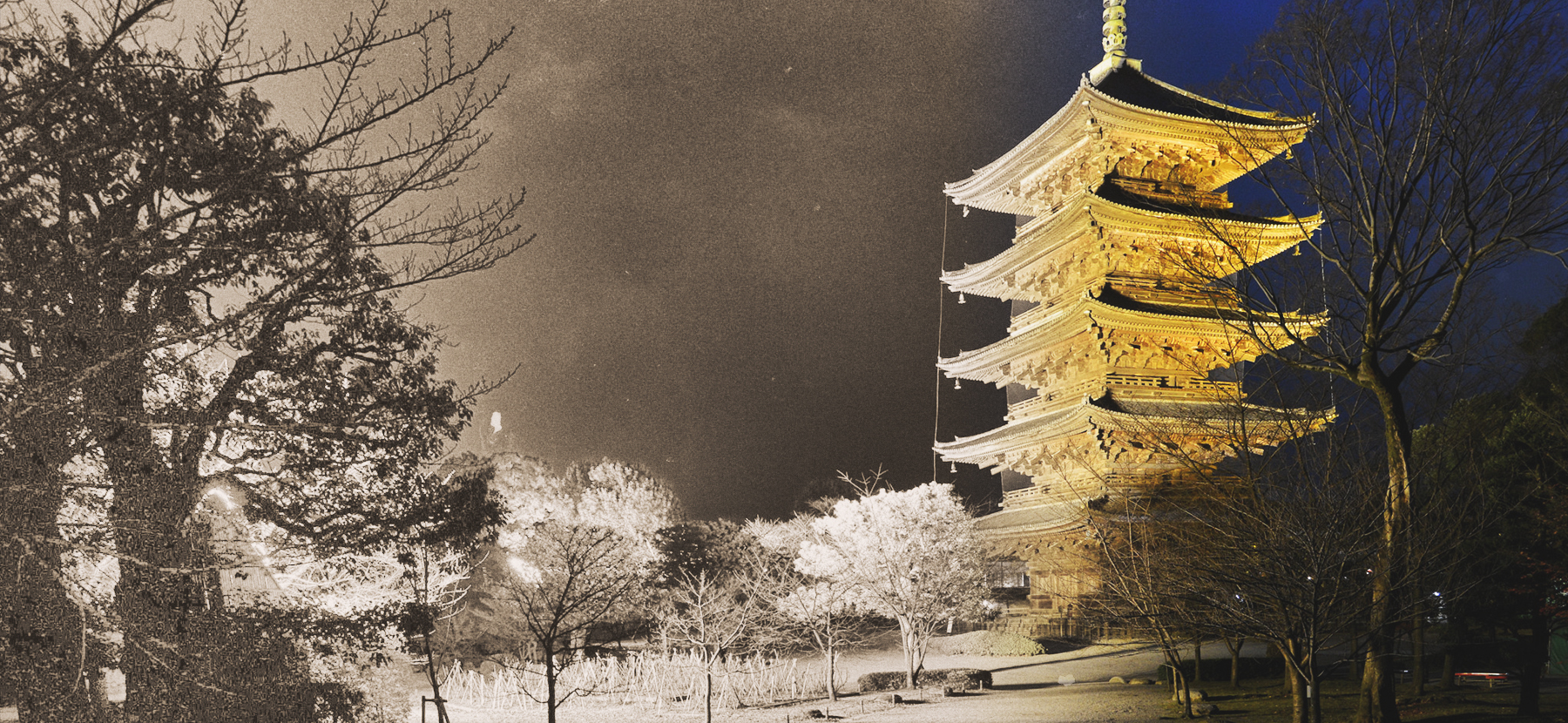
We are used to such things as electric lamps, barcode scanners, flash memory cards, personal computers. All these inventions, already an order of evolution, surround us still. And in many ways, the development of these technologies has become possible thanks to Toshiba. What are the Japanese working on now to surprise the world, which is gradually transforming from real to virtual?
Under the cut - the history of the five projects of Toshiba, which can completely change your view of the company.
Before moving on to the stories, rewind the tape of time a little at the beginning of the 1940s. At this time, the two major Japanese companies Tokyo Electric Company and Shibaura Engineering Works merged into one corporation, which became the ancestor of modern Toshiba. Officially, the company received its current name only in 1978

Toshiba Inventions. The world's first double helix lamp - recognized as one of the six great inventions in the history of electric lighting.
The first NAND-memory, which gave impetus to the development of portable electronics.
The ancestors of Toshiba relied on developments in the electric lighting industry, then the combined company began to focus on the consumer product segment. Now the scope of Toshiba, like any large Japanese conglomerate, is much wider than consumer and computer equipment. The company takes on the most unusual tasks that could not be solved without the intervention of modern technology.
Smart To-ji Temple Lighting
The To-ji Buddhist temple in the south of the Japanese city of Kyoto deserves special attention of tourists. The temple complex, which has a history of more than twelve centuries, is famous for its 55-meter-high wooden pagoda, and also includes a traditional Japanese garden with a pond. The temple, which makes a strong impression during the day, needs a well-thought-out lighting at night. For the Japanese, any task should be performed at least ideally, so the backlight is designed to emphasize the beauty of the complex, without delaying attention to yourself, because the best lighting is one whose artificiality you quickly stop paying attention to.
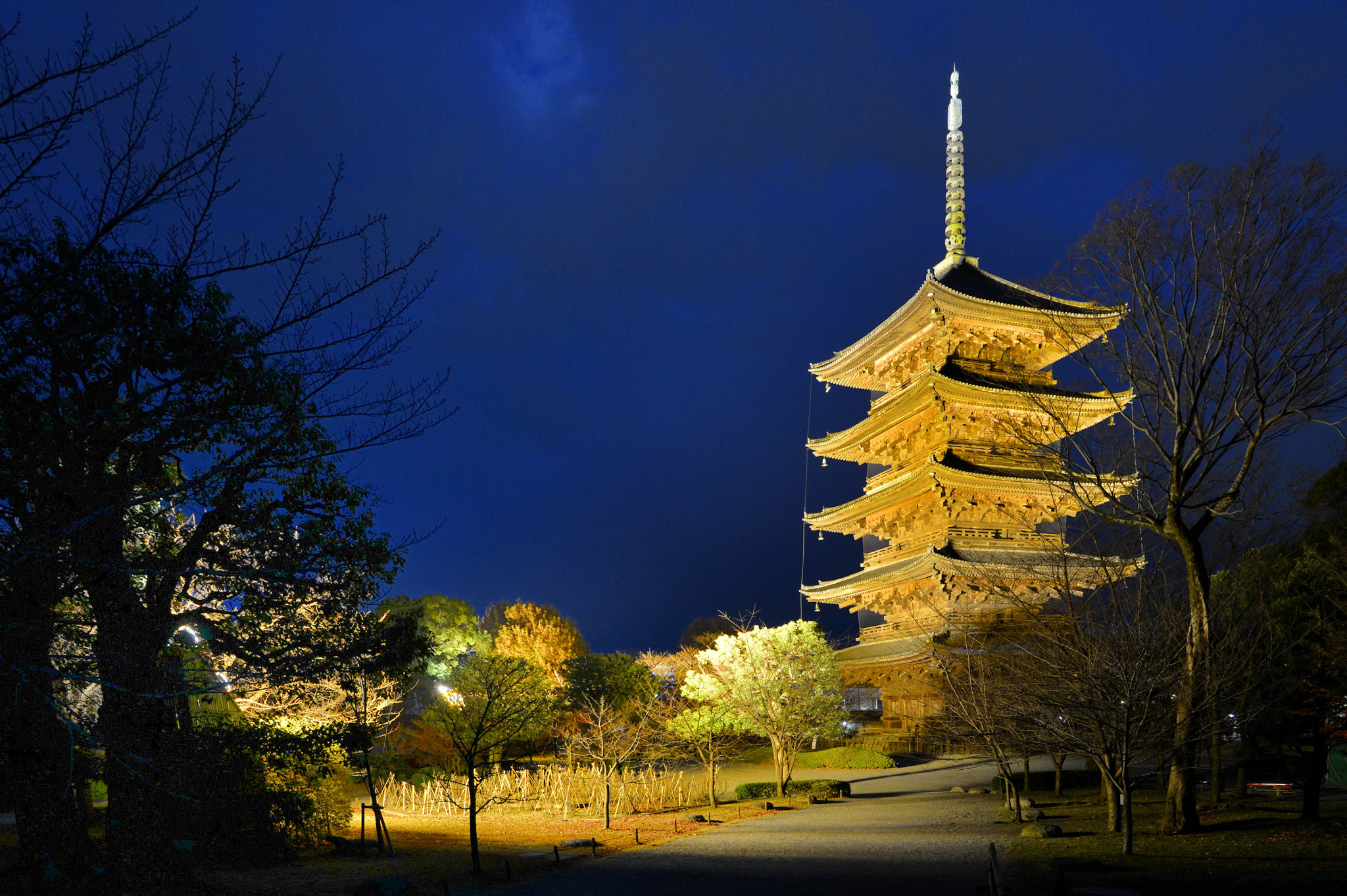
Pagoda built in 826 in height, like a 17-storey house
Until recently, To-ji was illuminated by a complex system of gas-discharge lamps, which had several major flaws at once. First, the lamps often burned out, and taking into account their number in the entire complex, they had to be replaced too often. Secondly, by today's standards, the backlight's power consumption exceeded all reasonable limits, violating any ideas about energy efficiency. This entailed huge power costs. Thirdly, over time the lamps lost their brightness and color temperature, and the new lamps in the old matrix were knocked out by their brightness in comparison with the others. Because of this, it was necessary to deal with a complex point setting in order to avoid overexposure and spots.
The first experiments with LED-backlights began in 2012, but the LEDs of previous generations could not replace gas-discharge lamps due to low brightness and unsuitable color temperature. A few years later, Toshiba received a request for individual development of a lighting system for the To-ji Temple. Available at that time, LEDs could already provide the necessary brightness with less power consumption, but the cold white light did not fit into the entourage of the temple.
Toshiba Lighting & Technology develops LEDsemitting light with a perfectly suitable wavelength. Several prototype fixtures were created that were field tested on the territory of To-ji. Experimentally, it was possible to calculate the optimal ratio of diodes: radiators with a temperature of 3000 K and 2000 K were installed on a matrix in a 1: 2 ratio, which together gave a soft uniform warm light.
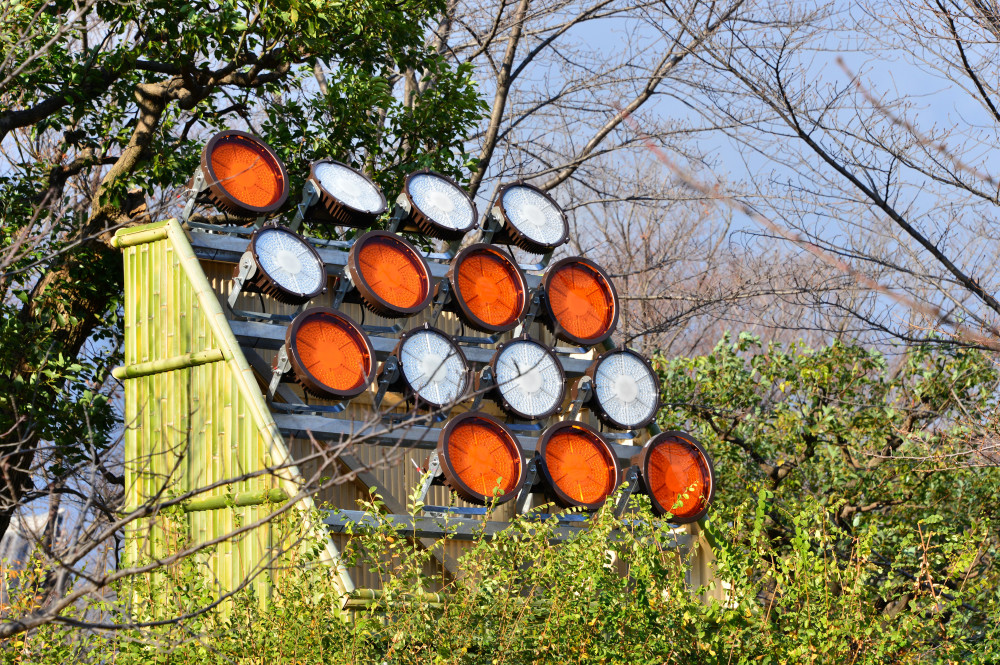
View of LED-lamps in To-ji Temple.
Since the five-storey pagoda is one of the most visible and popular objects of the complex, the first lamps were located just around it. Lamps Toshiba reduced the power consumption of the lighting system by 51%, and the lifetime of the lamps increased 5 times and amounted to 60,000 hours.
3D printing of custom nails
Manicure is one of the procedures, which is almost impossible to automate, because we are talking about the manual work of the master, on whose fantasy the final result depends. The first attempt to simplify the process and allow the customization of the pattern belongs to the startup Clawz, who in 2015 offered 3D printing of universal false nails with any design. The idea failed because of the high cost of a set of tips (from $ 50 to $ 150) and their imperfect adhesion to natural nails. Soon 3D manicure printers appeared on the market, but the printed nails were much inferior to the work of even beginners.
In 2017, Toshiba, together with the Japanese manicure studio michi, launched the OpenNail project, aimed at printing false nails with any design exactly to fit the customer's fingers. OpenNail's work consisted of two stages: the first was using a client's Shining 3D EinScan-Pro scanner and Toshiba's surface sensing technology to create a 3D client's nail scan, then copy the nails using a stereolithograph scan. An OpenNail
client was getting perfect false nails. In the future, based on the scans stored on the server, he could order new tips without having to repeat the scanning procedure.
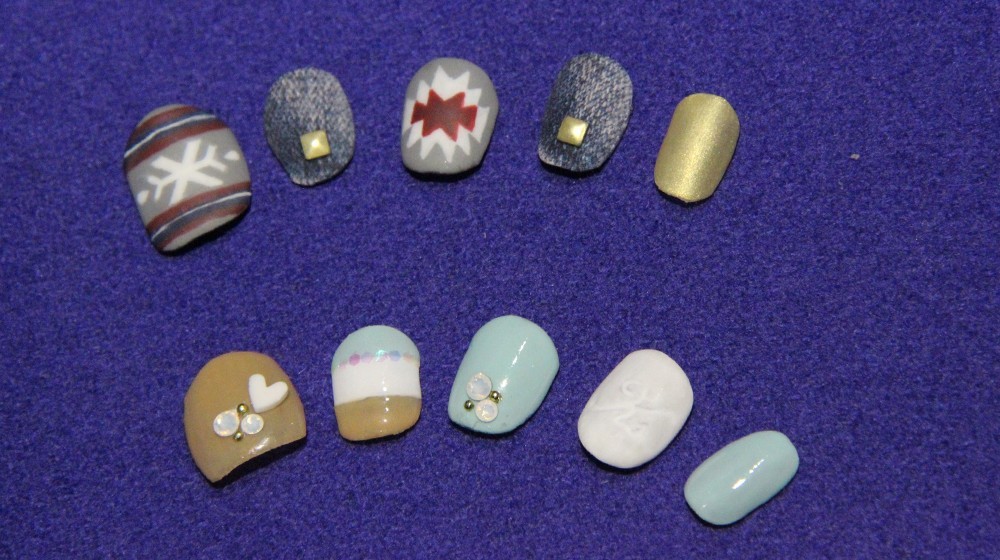
3D printed nails
Eco-farm for cities
Technology is a tool with which you can solve the most unusual tasks. Toshiba clearly demonstrated this by launching its own farm in 2014. The project was aimed at creating an ultra-modern eco-friendly farm for growing greenery, but without the soil and the need to wash the crop before use. For their experiment, the company created a “clean room” in the empty building of the diskette factory near the Japanese city of Yokosuka.
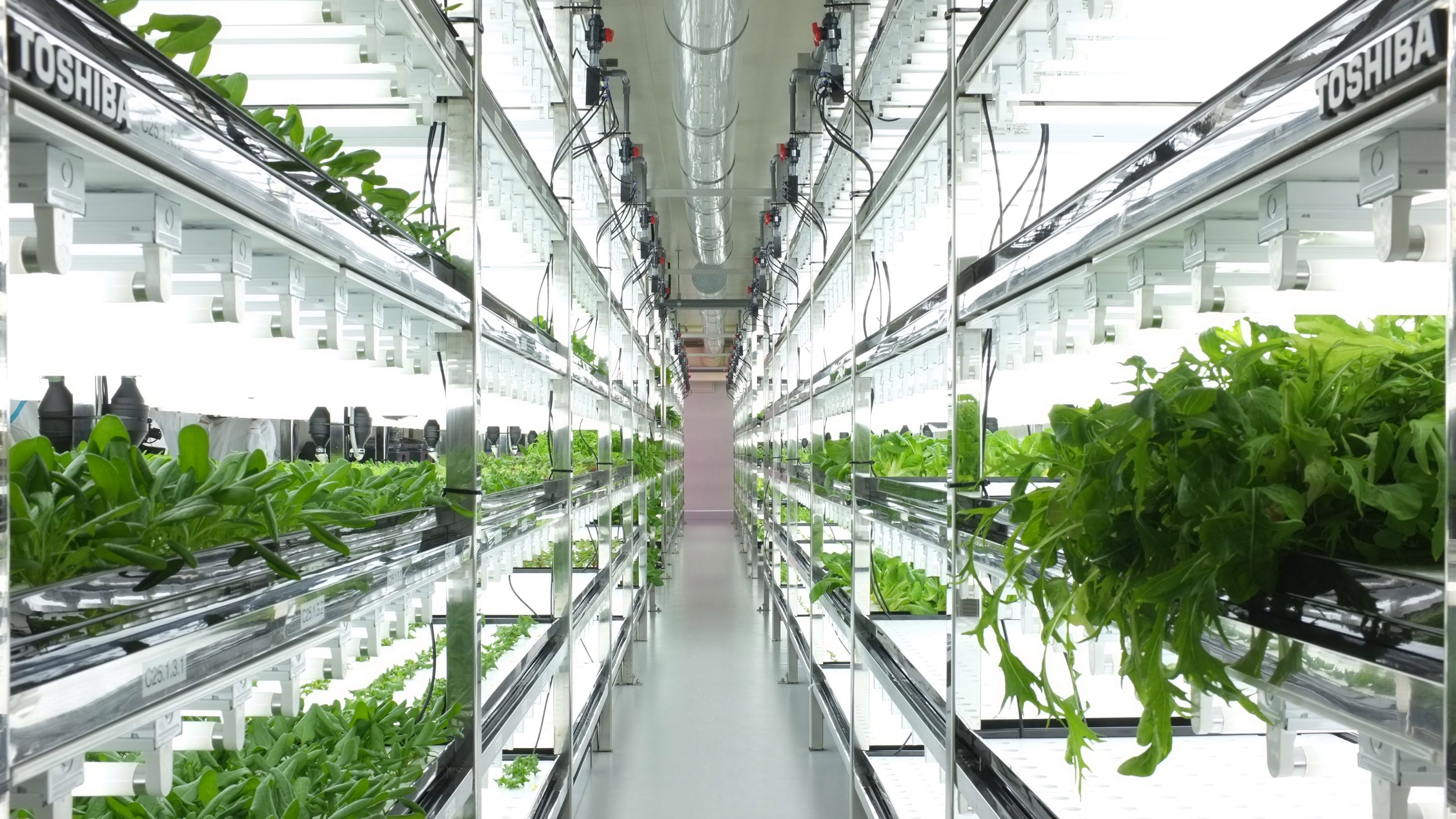
Purely, as on processor production
In the economy isolated from environment the electronics carefully controlled humidity, temperature and lighting, creating the best conditions for fast growth, high productivity and good taste. Under these conditions, lettuce grew on multi-tiered “beds” occupying a very small area.. He didn’t even need a primer, since water and nutrients were supplied directly to the roots by hydroponics.
Due to growth and collection in disinfected environment, packaged herbs have been stored longer than lettuce grown on traditional plantations.
A working eco-farm is only a way to show how technology can increase the economic efficiency of agriculture. The theme of such eco-farms is particularly relevant in megacities, next to which it is impossible to organize eco-friendly vegetable plantations due to the depressing state of the environment. The Toshiba solution was attractive because modern beds with an absolutely clean and safe harvest can be broken even in the very center of the city.
Analysis of sports on the fly
Sport has been and remains one of the most conservative types of activity - changes in rules, regulations and technologies, if they do, then only to increase the safety of players. But the FIFA World Cup in Russia literally turned over the canons of football due to the official use of the VAR video replay system. If before, even the erroneous opinion of the judge had to be taken unconditionally, then during the 2018 World Cup, in any disputable situations, the main judge could personally see the video repetition of the moment. Thanks to this system, in the championship several times it was possible to restore justice when it came to a clear judicial error.
Much more sophisticated technological monitoring and analysis systems are ready and tested, the issue of their use should be decided by the appropriate sports bodies. For example, Toshiba programmers and engineers have developed a real-time rugby game analysis system - and it has been successfully used in Japan.

AI tracks players without using wearable sensors.
With the help of a set of cameras, microphones and AI with machine learning, the computer monitors all players and the ball, giving out detailed statistics on the fly. Unlike football, rugby is difficult to automatically monitor - it is a contact sport with a large number of collisions, and the ball spends a lot of time in the hands of players, hiding from the cameras every now and then. Toshiba solved this problem: the computer predicts the position of the ball based on its past positions and the movements of the players, and the prediction is distinguished by its jewelry accuracy.
For the full-fledged analysis system to work, neither the players nor the ball needed to wear sensors — cameras distinguish athletes, and microphones determine the referee’s whistle.
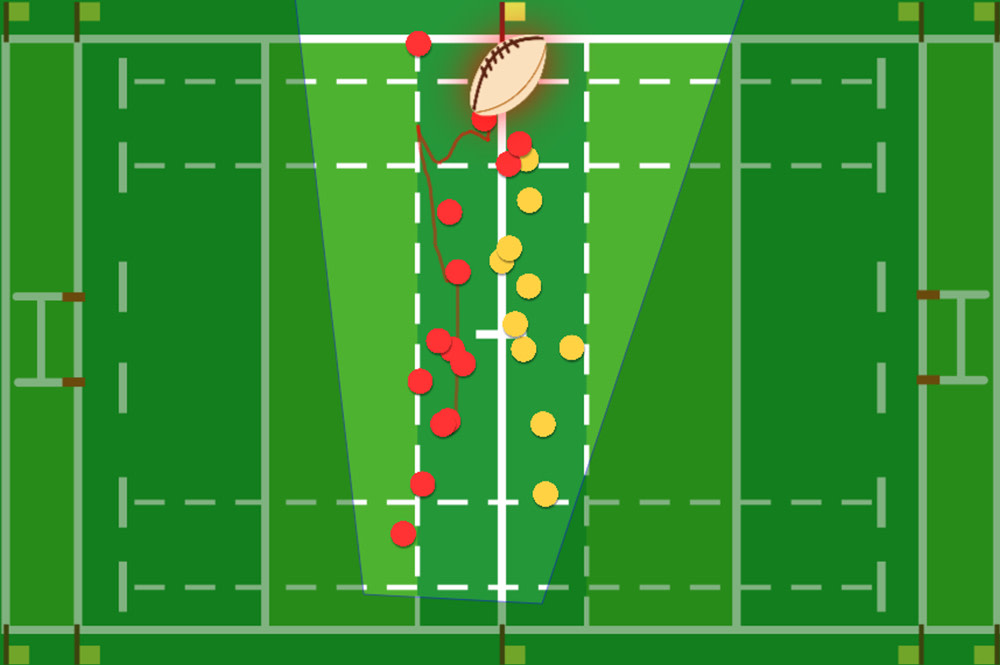
The system notes the movement of the ball and players in real time
The data on the behavior of the players of both their own and someone else's team is available in real time and can be read at any time. This is especially useful for analyzing tactics and results during a short ten-minute half-time break.
Now Toshiba's rugby analysis system is used only on corporate team games and for training new athletes - such technology helpers are prohibited at official events. For now. It is possible that at first the intellectual analytics will be provided to the teams at the end of the match so that its results do not make adjustments to the game. At least the technology for mass introduction of AI-analysts are ready.
Virtual fitting room in the store
The idea of virtual fitting rooms, where any clothing that perfectly matches the shape and movement of the body will be “put on” your reflection in the mirror, appeared a long time ago. But the effectiveness of such fittings rested on the possibility of technology. Back in 2015, Toshiba at CES in Las Vegas unveiled a system of mirror-display and Kinect sensor.
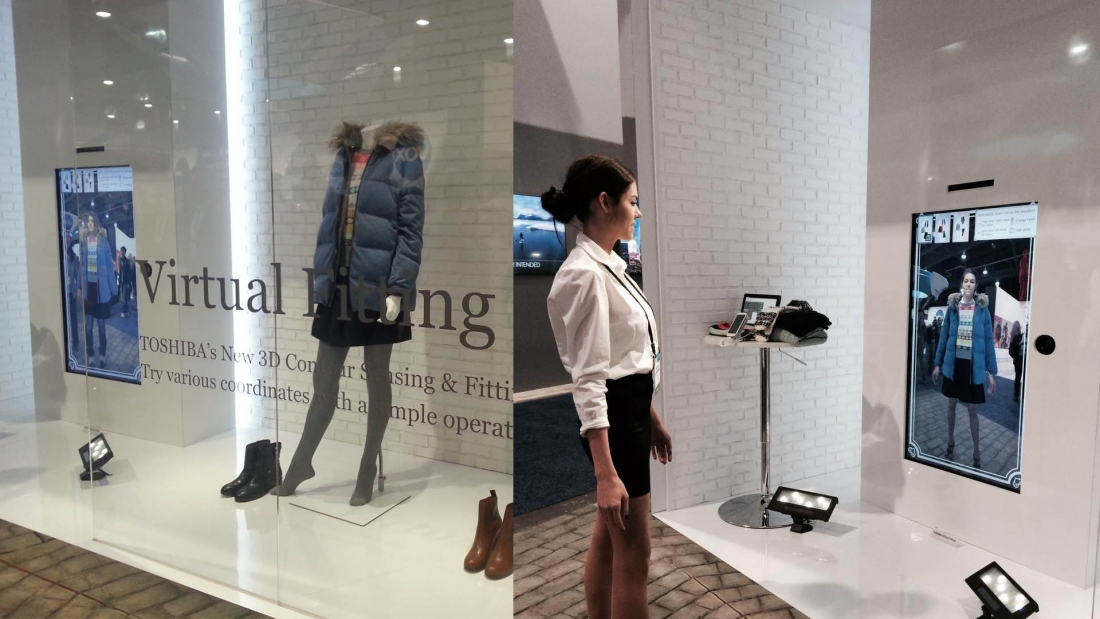
The virtual fitting room was first shown at CES 2015 in Las Vegas, and in the summer of the same year they installed it in Matsuya store in Tokyo (pictured) to make it easier for customers to choose lightweight summer kimonos — a yukata
. An almost photographic quality coat appeared in the mirror. When turning in front of a mirror, as during a real fitting, the clothes turned on the person, as if wearing for real.
In combination with new cameras, scanners and processors, the Toshiba virtual fitting room can become a truly effective and convenient way to try on a new image without spending hours on it in search of the right products and sizes. A more difficult option may be fitting makeup.
The fashion for smart stores with self-service terminals (represented in Russia at IKEA and Auchan networks) and even without them (the Amazon Go example) over the next ten years can greatly change the retail format that everyone is used to.
This selection of five unusual products confirms the fact that Toshiba is not afraid to experiment in various fields. What is behind the frame of these and other experiments will be described in our next publications.
